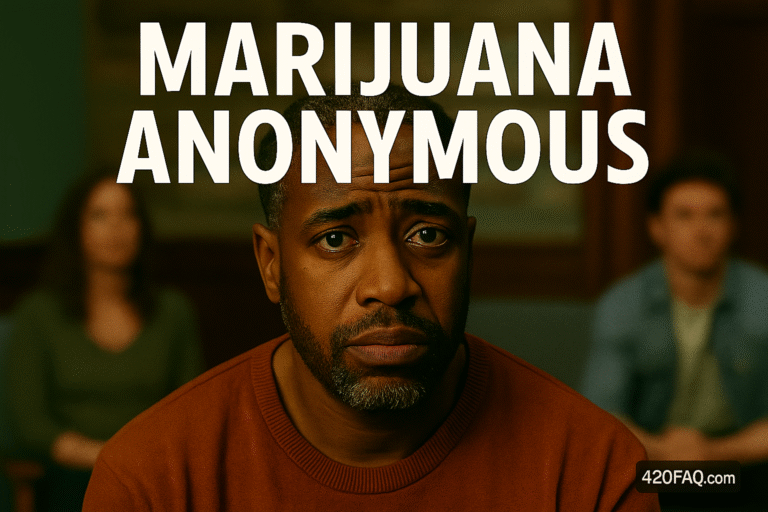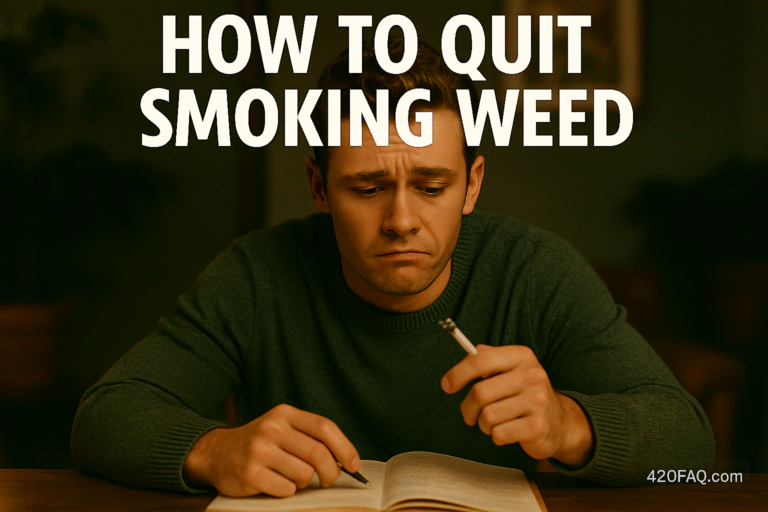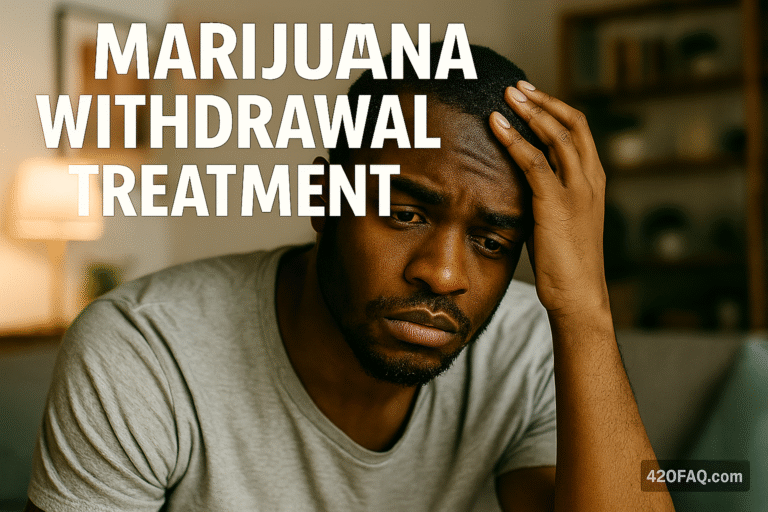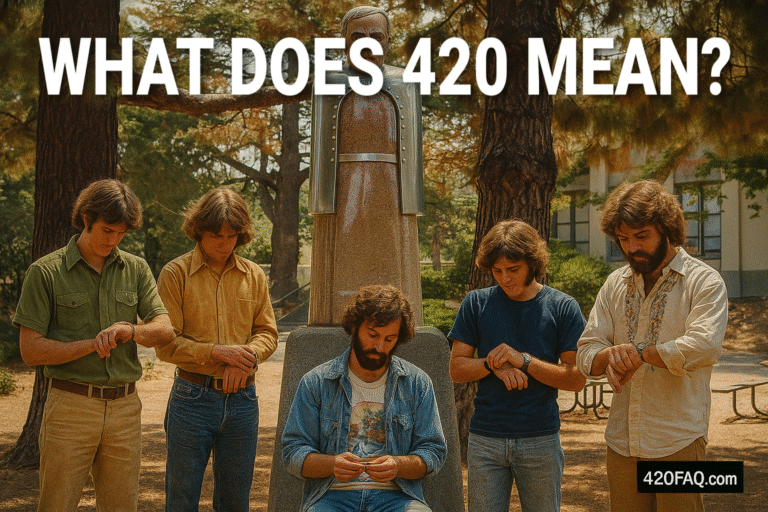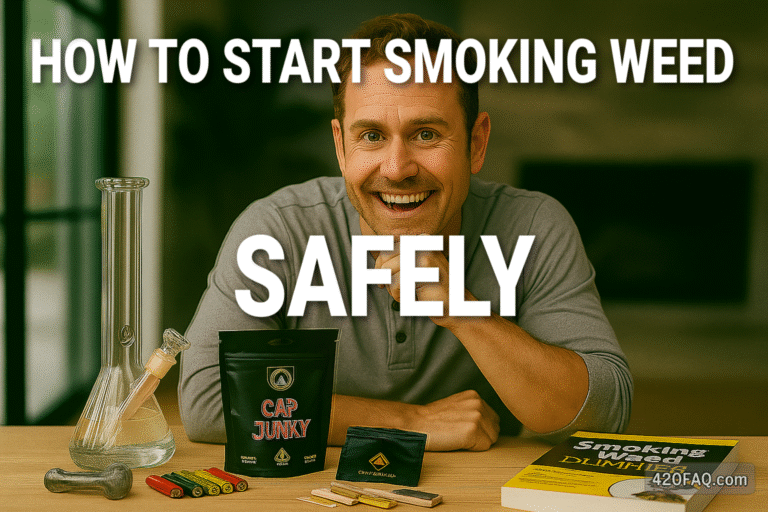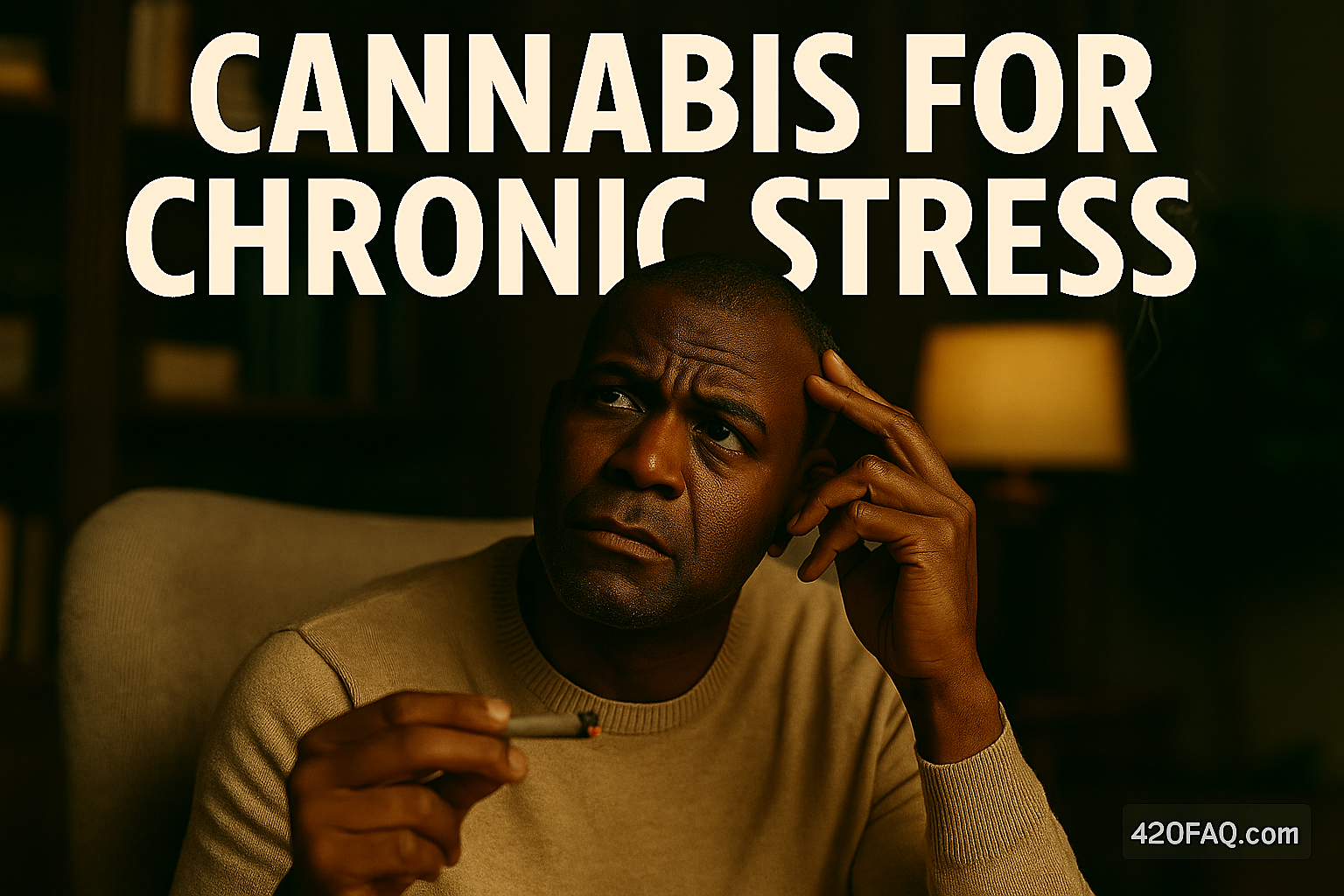
Cannabis for Chronic Stress: Mechanisms, Evidence, Dosing, and Practical Guidance
Chronic stress is a grind on the nervous, endocrine, and immune systems. Some adults use cannabis to manage stress-related symptoms—tension, rumination, sleep disruption, and irritability—because cannabinoids interact with the endocannabinoid system (ECS), a key regulator of stress recovery. This guide explains how cannabis may help (and when it can backfire), summarizes current research, outlines careful dosing strategies, and offers practical, safety-first tips.
How Stress Works (and Where Cannabis Fits)
Stress begins with threat appraisal in the brain and cascades through the sympathetic nervous system (fight/flight) and the HPA axis (hypothalamus–pituitary–adrenal), releasing catecholamines and cortisol. The ECS—primarily CB1 receptors in the brain and CB2 in immune tissues—acts as a homeostatic “brake,” helping terminate the stress response and restore baseline. Δ9-THC (THC) is a partial CB1 agonist; CBD modulates multiple targets (5-HT1A serotonin receptors, TRPV channels) and can dampen anxiety in some contexts. The headline: cannabis can nudge stress down or up depending on dose, chemotype, context, and user history.
What the Evidence Says
Human studies suggest a non-linear curve: low THC may reduce stress reactivity, while higher doses can increase anxiety and negative mood. One controlled study reported that “Low-dose THC can relieve stress; more does just the opposite,” aligning with a classic inverted-U dose–response pattern. Broader summaries note potential short-term stress relief alongside risks with frequent or high-dose use; see overviews such as “cannabis can relieve stress.”
Potential Benefits for Chronic Stress
- Acute tension relief: Small THC doses or CBD-forward products may blunt stress reactivity, quiet rumination, and ease muscle tension.
- Sleep support: Certain chemotypes (THC + myrcene or linalool) can shorten sleep latency; CBD may improve sleep in some users with anxiety-related insomnia.
- Mood stabilization adjunct: By modulating threat appraisal and autonomic tone, cannabinoids may help some people ride out high-stress periods more evenly.
Known Risks and When Cannabis Can Worsen Stress
- Anxiety rebound: Medium–high THC frequently increases heart rate and anxious ideation—especially in novel settings or with edibles whose onset is delayed.
- Tolerance and dependency risk: Daily high-THC use can escalate tolerance, reduce baseline motivation, and create withdrawal-like irritability that masquerades as “stress.”
- Sleep architecture changes: Regular high-THC may suppress REM and fragment sleep over time.
- Drug interactions: CBD and THC both interact with hepatic enzymes (CYP450); caution around medications with narrow therapeutic windows.
Dosing Strategy: Start Low, Go Slow, Stay Intentional
Because dose makes the difference between soothing and spiraling, treat dosing like calibration:
- Microdose THC: 0.5–2.5 mg THC for acute stress relief testing. Stay put for 2–3 sessions before adjusting.
- Balanced ratios: 1:1 CBD:THC (e.g., 2.5 mg each) can blunt THC-related anxiety while preserving relief.
- CBD-forward: 10–50 mg CBD may reduce autonomic arousal for some people; combine with breathwork to potentiate effects.
- Titration rule: Increase by small increments (≤2.5 mg THC per step) separated by several sessions; avoid chasing rapid relief.
Onset and Duration by Route
- Inhalation (vape/smoke): Onset 1–10 minutes; duration 2–4 hours. Best for rapid relief, easiest to overshoot dose.
- Sublingual tincture: Onset 15–45 minutes; duration 3–6 hours. More controllable than edibles.
- Edibles: Onset 45–120 minutes; duration 4–8+ hours. Wait the full onset before redosing.
Terpenes and Chemotype Selection
Terpenes are aromatic compounds that can shape perceived effects:
- Linalool: Floral; often described as calming. Common in “lavender-leaning” profiles.
- Limonene: Citrus; may lift mood and reduce perceived stress in some users.
- β-Caryophyllene: Spicy; CB2 agonist with anti-inflammatory potential—some find it grounding.
For chronic stress, many users prefer CBD-rich or balanced (1:1) chemotypes for daytime, reserving low-dose THC options for evenings. Keep a journal and match product batches by cannabinoid/terpene labs—not just strain names.
Practical Playbook for High-Stress Days
- Baseline first: Hydrate, eat, and take 3 minutes of slow breathing (4-second inhale, 6-second exhale) to reduce sympathetic tone.
- If using THC: Start with ≤2.5 mg via tincture or one small inhalation; wait full onset before deciding next steps.
- Layer CBD: If you feel keyed-up, pair 10–20 mg CBD or switch to CBD-only that session.
- Protect sleep: Keep THC moderate at night; consider CBN-containing products only if they are clearly helpful in your log.
- Cycle days off: Build tolerance breaks (e.g., 2 off-days weekly) to preserve effect and reduce dependence risk.
Red Flags—Pause and Recalibrate
- You need markedly higher doses to get the same de-stress effect.
- Resting anxiety feels worse on non-use days.
- Sleep quality declines despite evening THC.
- Use creeps earlier into the day to “get normal.”
Harm Reduction and Safety
- Set & setting: Use in calm environments until you’ve dialed your dose.
- Avoid mixing: Alcohol plus THC magnifies impairment and anxiety swings.
- Work & driving: Don’t operate vehicles or machinery while intoxicated; plan sessions outside duty windows.
- Secure storage: Keep products away from kids and pets; label edible doses clearly.
Frequently Asked Questions About Cannabis for Chronic Stress
Does cannabis “fix” chronic stress?
No. It can ease symptoms for some users, but root causes—workload, sleep debt, trauma, medical issues—need direct interventions. Think of cannabis as a tool for symptom bandwidth, not a cure.
Is CBD safer than THC for daytime stress?
Often, yes—CBD lacks THC’s intoxication and is less likely to spike anxiety, though responses vary. Many users start with 10–25 mg CBD and add ≤1–2 mg THC only if needed.
What’s the best product type?
For fast relief, inhalation is fastest but easiest to overshoot. For steadier control, sublinguals are a good middle ground. Edibles are for sustained coverage but demand strict patience to avoid overconsumption.
Can small THC doses reduce stress?
Yes, low THC may blunt stress reactivity in lab settings, while higher doses can worsen it; see “Low-dose THC can relieve stress; more does just the opposite.”
Which terpenes are most associated with calm?
Linalool, limonene, and β-caryophyllene are commonly cited for calming or mood-lifting effects, but real-world outcomes depend on total profile and dose.
Will tolerance ruin the effect?
Tolerance builds fastest with daily high-THC. Microdosing, ratio products, and scheduled off-days help preserve benefit.
Is nightly THC bad for sleep?
It can help you fall asleep, but chronic high-THC may reduce REM and fragment sleep. If sleep quality dips, lower dose, add CBD, or cycle nights off.
How do I avoid getting “too high” when stressed?
Pre-plan a microdose boundary, prefer sublinguals, and set a 90-minute “no redose” rule for edibles. Keep CBD on hand to soften a THC overshoot.
Any legal considerations?
Follow local laws and workplace rules. Never drive impaired. If you take prescription medications, discuss potential interactions with a clinician.
Bottom Line
For chronic stress, cannabis is neither miracle nor menace—it’s a lever. The lever works best at low THC, with CBD support, careful timing, and non-drug stress skills (sleep, movement, breathwork). Keep doses small, log your responses, and protect your long-term baseline with tolerance breaks and intention.

